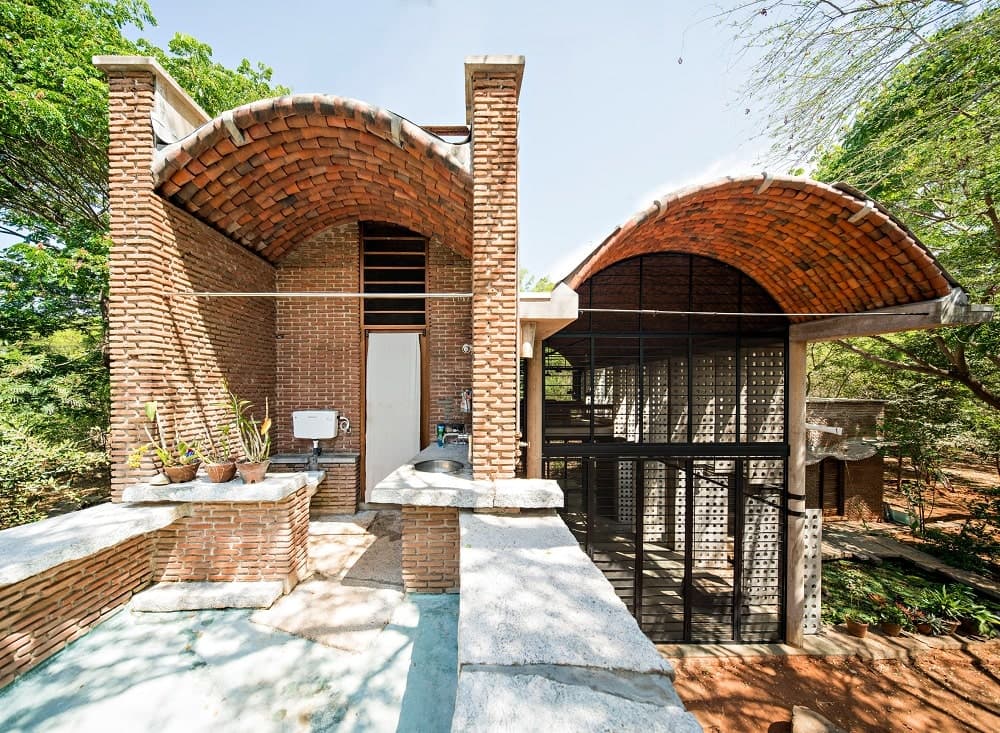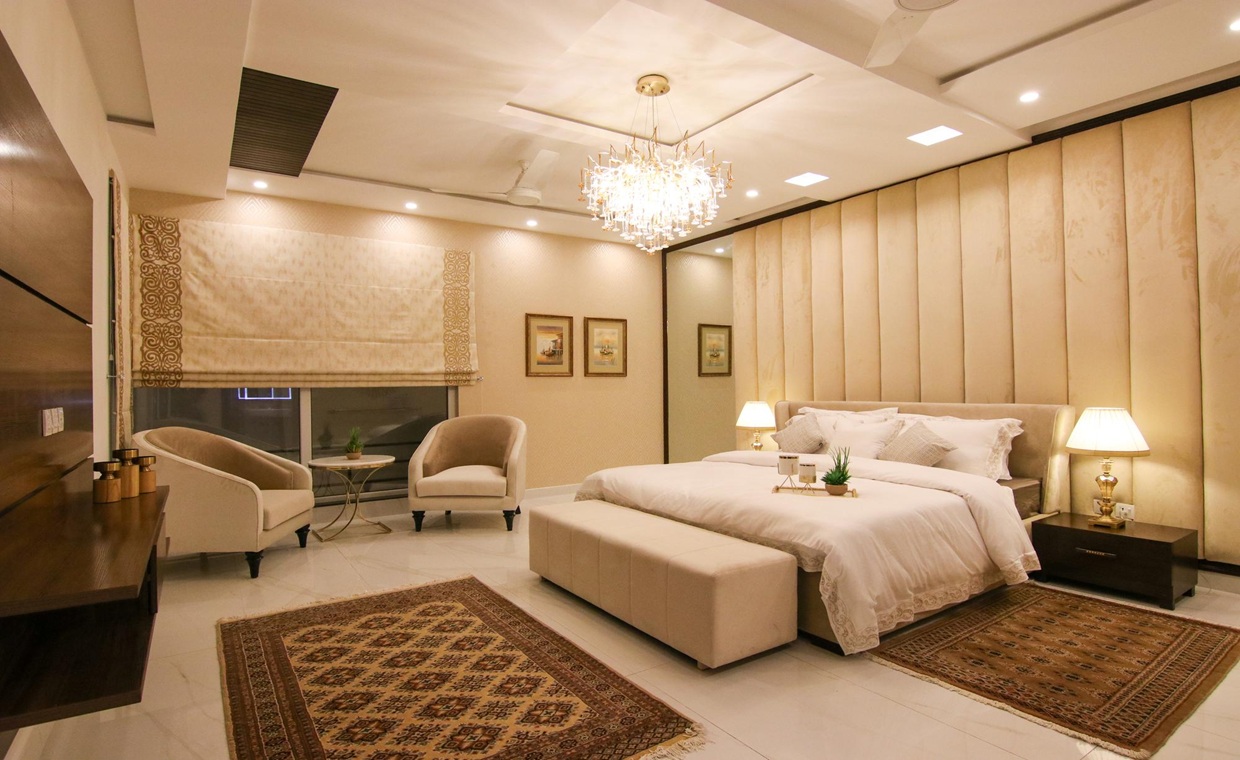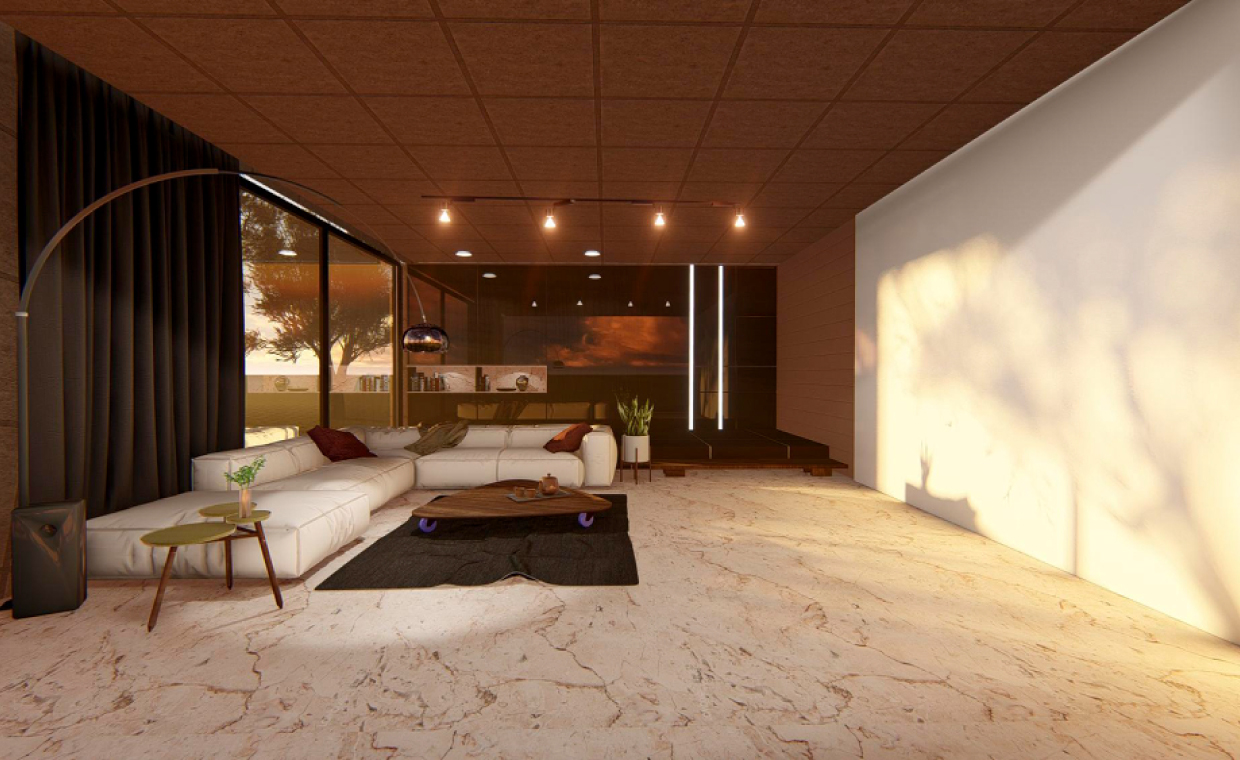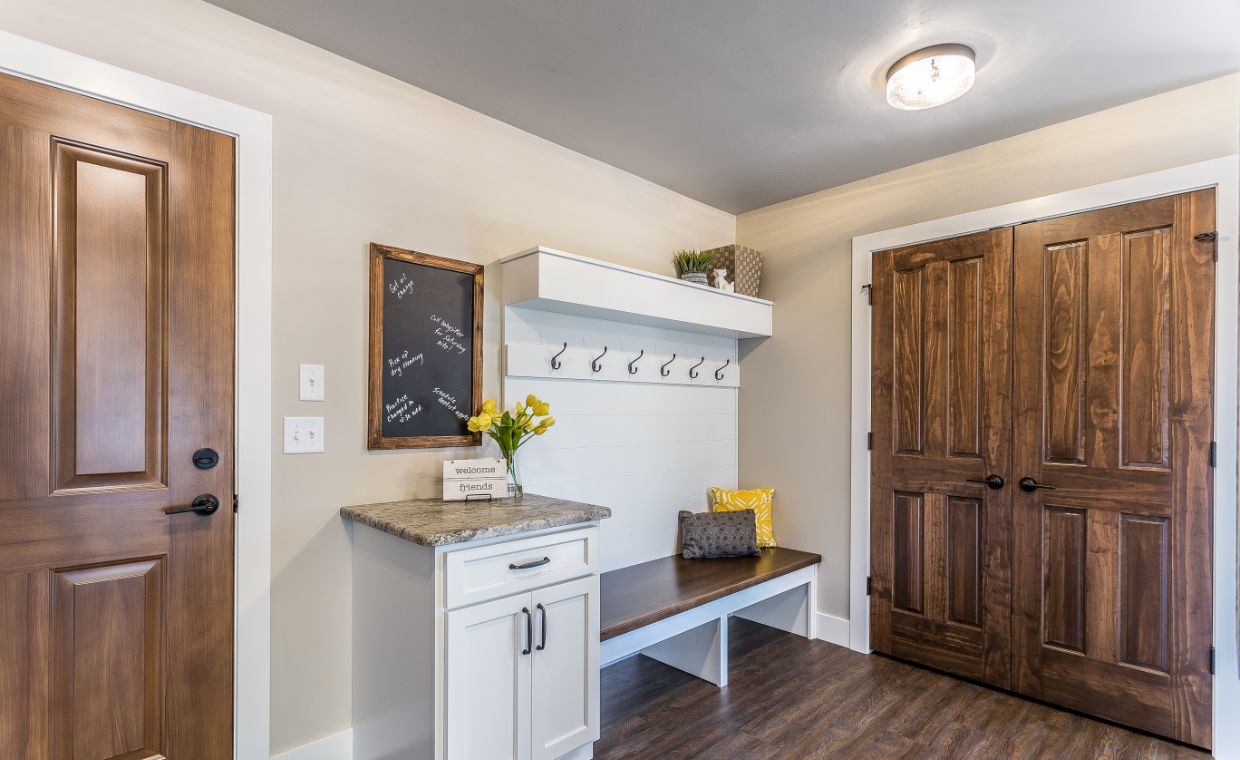
An excursion to the white town of Pondicherry would be incomplete without a visit to the famous Auroville. The city, which spirals across a mere 20 square kilometres was the brainchild of MirraAlfassa, who is revered as The Mother.
A spiritual partner to Sri Aurobindo, Mother’s vision of a new city was realised 10 kilometres from Pondicherry with the help of people from different countries and all Indian territories.
What was perceived as an oasis of unity, peace, and innovation is now a full-fledged reality in the form of a galaxy with its industrial, cultural, residential, and international zones embedded within the periphery of a green belt.

The golden globe, or Matrimandir, that makes an appearance on our Instagram feed now and then is quite literally the “Soul of the City” as it sits in the centre of the little universe that grows concentrically outward. It is quite easy to navigate for a stranger.
With its far-sighted aspirations, Auroville is more than just a city. It is a common ground for people from different nations, age groups, social classes, and cultures to come together to form a self-sufficient and peaceful community. Experimentation, innovation, and collaboration are the cornerstones of the project that have translated themselves into the built environment of the city.
Over the decades, Auroville has attracted architects and sustainability innovators, not just those seeking peace. With diverse insights, the place beckons everyone to participate in its pursuit of a dream city. Their efforts are mainly aimed at creating a sustainable framework for India’s future architecture through extensive research on building materials and techniques. If you think green is the future of architecture, you must understand how Auroville has made this make-believe a success story.
What can one learn about Sustainability from Auroville?
Here’s what one can learn from Auroville architecture and different ways to practice sustainability in architecture. Let’s learn in depth about Auroville green practices:
01. Materials around You Are Your Best Friend

Most often, the smartest, most sustainable solution is the one right around you.
In some cases, it can be right under you—the earth! The earth that we walk on is a staple building material for the inventive Aurovillians.
The establishment of the Auroville Earth Institute in 1989 brought with it the revival of earth architecture. A good number of buildings built in Auroville use Compressed Stabilised Earth Blocks (CSEB). These blocks are a mix of sand, soil, stabiliser, and water. They are compressed in a manual or motorised press, followed by 28 days of curing. If you think baked bricks are stronger, you are wrong. The fact is that CSEBs are not only stronger than ordinary bricks but are also cheaper, with lower energy consumption and much lower carbon dioxide emissions. The Auram Press 3000 is a technology developed by the institute that can manually press about 80 types of block profiles using 18 different moulds. This method of construction is energy-efficient and environmentally friendly, reducing the carbon footprint. In addition, it is cost-efficient, which leads to Auroville’s sustainable architecture and low-maintenance nature. It can even thrive in modern architecture.
The visitor’s centre at Auroville consists of various educational and recreational functions.
Designed by SuhasiniIyer-Guigan, the Auroville Visitor Centre, as it flaunts its arches and domes, is a perfect example where both these materials find their use in walls, doors, and overhangs. Alongside, the Vikas Settlement is an Auroville construction completed in CSEB from foundation to roof.
Headed by Satprem Maini, this living community used the excavated soil for making the bricks while also incorporating percolation pits to prevent flooding of the basement, which made rainwater collection possible on site.

In addition, rammed earth, adobe blocks, and terracotta are frequently used, but what is there to learn is that no matter how many varieties of glass, steel, and, concrete confuse you, traditional materials will always have your back.
02. Paper thin Cement – Use of Ferrocement

Another material that has found a place is Ferro-cement. Simply put, it is a kind of reinforced concrete that uses many layers of steel mesh or small rods as reinforcement. Although it does not sound like the most sustainable practice, the material uses far less cement and steel than concrete, making it highly efficient and cost-effective for prefabrication and in-situ applications. In addition, it covers a wide range of applications due to its lightweight, requirement of less-skilled workers, and lack of framework.
03. Old Is Gold – A Revival of the Vernacular

Auroville believes that the best results are possible only when sustainable materials are coupled with appropriate techniques. Inspired by the Nubian technique(modular vaulted roof), Auroville has been working on its free-spanning technique for some years. With this technique, one can lay horizontal courses or combine them with vertical courses as required.
The vaults, domes, and arches built with this technique are not just pretty to look at but also qualify as a replacement for flat concrete roofs by using bricks and guna tubes as their primary materials.
The segmental vault at Deepanam school spans 10.35 m and features stabilised blocks laid in the free-spanning technique. The flat vaults and domes inside Vikas settlement also use the same technique. In short, ancient methods are never too old for modern applications.
04. Manage Your Resources the Way You Would Manage Your Money

You can be responsible for choosing your materials, but if you don’t manage your resources well, it’s a lost cause. While building with earth, it is obvious that the material comes from the site itself. Auroville, in many of its undertakings, has proven that it is possible to consciously integrate these excavations into designs. The scraped topsoil is reused in agriculture, and the excavated quarries can be turned into water harvesting ponds, pools, wastewater treatment plants, and basement floors. It is possible to incorporate a rain water harvesting tank, depending on the design. The shallower hollows become a part of the landscape design, play areas, or gardens.
05. Renew Your Resources Before You Renew Your Subscriptions

Over the years, the city’s thinkers have been persistent in their research and implementation of solar energy. The incorporation of photovoltaic cells, solar water heaters, and solar pumps for pumping water are common measures found in Auroville’s architecture. They’ve gone one step ahead by employing a spherical solar concentrator at Auroville’s solar kitchen. With its huge hemispherical mirror, the fixed collector can generate enough electricity to feed 1,000 people per day.
06. Don’t Forget the Climate, You’re Literally Breathing in It!

Just technology is never enough; conscious architecture is the result of hybrid measures. Both active and passive methods play a key role in shaping the final design at Auroville. Understanding the climate, topography, and context is important to making decisions on building orientation, openings, and materiality. Passive systems need little to no maintenance; they almost pay for themselves.

At the limits of Auroville lies Anupama Kundoo’s Wall house, a perfect example of a house combining hi-tech and low-tech to achieve a space that is comfortable to live in and learn from.
The house is oriented southeast to optimise air circulation, while splitting into alcoves in the northeast and overhangs in the sunnier southwest. The texture of the façade comes from local achakal bricks, whereas hollow tubes in the long catenary vaults take care of the insulation for the roof.
07. It’s Not Boring Unless You Stop Thinking – Experimentation Is Key

Green is not boring. In fact, in Auroville, it’s quite the opposite. It has kept true to Mother’s wish of making the city a research laboratory that never stops experimenting with new forms of architectural expression.

Be it the Visitor’s Centre or the Town Hall Complex, architects have always made sure to combine structural innovations with pleasing forms.
08. Together We Rise, Together We Fall

This may be the last tip for the day, but it is no less important than the others. Green or not, none of it is possible on your own. The reason for Auroville’s success truly lies in its unified spirit. It is home to experienced architects, people of science, students from all sorts of backgrounds, and individuals who simply feel inspired enough to learn about conscious living.
It’s not just the architecture, but Auroville itself has become greener through the mission of reforestation that has witnessed participation from all.
Winding up, Auroville Learnings
With rapid urbanisation, we get to see less of the sky and more concrete dummies. We may not be able to change the number, but we can positively change the way they respond to the environment.
We may have listed a few discrete points for your learning, but in practice, all of them come together to act like one. So, the best thing for you to do is learn them from those who know them the best. Auroville Green Practices conducts a multitude of interactive workshops, seminars, and programs to familiarise you with various approaches to a sustainable future. Visit this beautiful abode of peace and excellence and get inspired!
Image Courtesy: Image 1, Image 2, Image 3, Image 4, Image 5, Image 6, Image 7, Image 8, Image 9, Image 10, Image 11, Image 12, Image 13
Author Bio
Brickly – Sakshi – Sakshi navigates the corporate world by day, and transforms into a wordsmith by night, bridging the gap between spaces and stories. Occasional travel and regular reading are her muse. Her LinkedIn following, a vibrant community of around 12k kindred spirits, emboldens her to continue this enriching exchange of ideas.






























